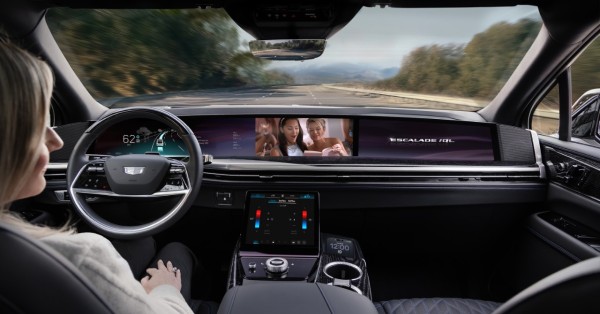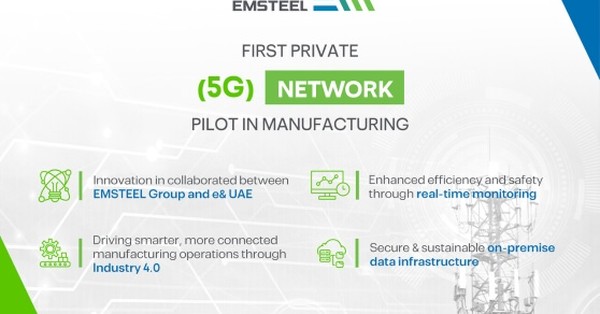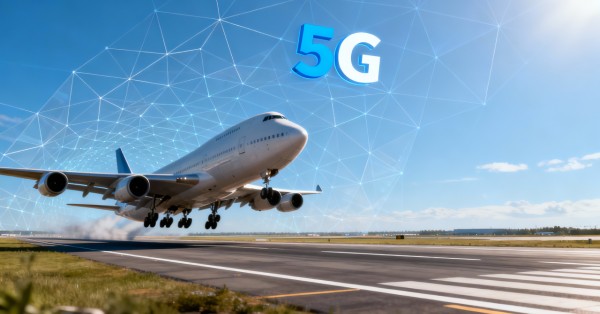GM brings Google Gemini AI to OnStar in 2026: what changes
General Motors will begin rolling out a Google Gemini–powered conversational assistant across Buick, Chevrolet, Cadillac, and GMC in 2026, advancing the automaker’s in-cabin AI strategy and resetting expectations for voice-driven services in connected vehicles.
GM rollout details and capabilities
GM plans to deliver a new assistant, built on Google’s Gemini family, as an over-the-air update via the Play Store to eligible OnStar-equipped vehicles from model year 2015 and newer. It builds on “Google built-in” (Android Automotive OS) that already brings Google Assistant, Google Maps, and third-party apps to GM infotainment systems, and follows GM’s earlier use of Google Cloud’s Dialogflow for non-emergency OnStar requests.
At launch, drivers should see more natural interactions: the assistant will understand free-form requests, maintain context across turns, and cope better with accents and phrasing. Practical use cases include composing and sending messages, planning multi-stop routes (think charging and coffee in one request), surfacing vehicle feature guidance (such as one-pedal driving), pre-conditioning climate before entry, and answering on-the-fly queries with web lookups. GM says the assistant will tap vehicle data to push maintenance alerts and route suggestions as well.
This is one of the first consumer-facing outputs from GM’s broader software roadmap revealed at its GM Forward event, arriving years ahead of a next-gen electrical/computing architecture and a hands-off/eyes-off automated driving capability targeted for around 2028.
Where this move sits in the auto AI race
Automakers are converging on generative AI as the UI layer for the software-defined car. Stellantis is trialing assistants with Mistral, Mercedes-Benz integrated ChatGPT, and Tesla is deploying xAI’s Grok. GM’s path is more incremental: leverage Android Automotive, scale Gemini in the cloud, and over time distill domain-tuned models to run on-vehicle and interoperate tightly with OnStar. That hybrid approach recognizes both the appeal of big-model breadth and the need for low-latency, offline resilience and tighter control over cost and safety.
Inside the hybrid edge-cloud AI architecture
The rollout hints at a mixed on-vehicle and cloud architecture that will matter as models scale, regulations tighten, and connectivity varies.
Distilled on-vehicle models with cloud backup
GM has framed a plan to refine a base model with vehicle-specific data, then compress and run it locally for faster response, privacy, and continuity when coverage drops. Expect distillation, quantization, and smart prompt orchestration to shift routine workloads to the edge while reserving cloud calls for knowledge-heavy tasks, web search, and updates. That design also reduces inference costs and creates a path to certify safety-relevant interactions over time.
Connectivity, latency, and edge requirements
For telecom and cloud providers, this brings predictable demand for low-latency, high-availability links and regional edge capacity. GM’s OnStar connectivity in the U.S. has long run on mobile networks, with plans publicly announced to bring 5G capability into vehicles, which will help support richer assistants, high-frequency telemetry, and rapid OTA updates. As workloads split across vehicle, mobile network, and cloud, partners should plan for: prioritized QoS for safety-adjacent traffic, resilient handoffs across 4G/5G, and optional use of multi-access edge computing to cache models and content. While C-V2X is not central to the assistant, its evolution and potential network slicing models will influence how automakers prioritize traffic classes in the car.
OTA delivery and Android Automotive ecosystem
Delivering the assistant via the Play Store signals continued convergence with Android Automotive OS distribution patterns. The practical challenges: staged rollouts across diverse head units dating back to 2015, delta-updates to large model assets, and strict rollback/fail-safe mechanisms. OEMs and Tier 1s will need a hardened MLOps pipeline for validation, A/B testing, and telemetry, aligned with functional safety (ISO 26262), cyber (UNECE WP.29/ISO 21434), and data protection controls.
Data, privacy, and trust as a competitive edge
The assistant’s usefulness hinges on customer consent and granular control over data use, especially after industry scrutiny of driving and location data practices.
Consent management and regulatory compliance
GM is emphasizing opt-in controls, purpose limitation for product improvement, and no resale of customer data, supported by a bolstered privacy leadership bench. That stance will be tested against evolving state privacy laws in the U.S. and global regimes that restrict secondary use and cross-border transfer. Enterprises should anticipate customer-visible privacy dashboards, on-vehicle redaction for sensitive data, and data residency routing for cloud inference logs. Clear consent flows for voice recordings, location trails, and behavioral personalization will be table stakes for retention and regulatory compliance.
Safety boundaries, hallucination controls, and UX
LLMs remain probabilistic. In-cabin assistants must gracefully decline outside their competence, verify critical facts, and escalate to human agents when needed. For automotive contexts, that means strict separation between convenience tasks and any action with safety or legal exposure, consistent use of validated knowledge bases for vehicle functions, and UI safeguards to minimize distraction. Expect staged certification: advisory-only at launch, expanding scope as OEMs produce evidence of performance, robustness, and human factors compliance.
Competitive landscape and key partnerships
The supplier map for in-car AI is fluid, and GM signaled it will test multiple foundation models over time.
Multi-model strategy and vendor risk management
Starting with Gemini is pragmatic given Android Automotive integration and Google Cloud tooling, but GM indicated it will evaluate models from other providers such as OpenAI and Anthropic. This multi-model posture mitigates lock-in, enables task routing to the best model for cost/performance, and pressures vendors on pricing and enterprise features. Watch for containerized runtimes at the vehicle edge, portable safety guards, and model evaluation frameworks to become standard in OEM stacks.
OEM–cloud–telco collaboration model
Automakers will lean on cloud partners for model hosting, vector search, and observability, while expecting MNOs to guarantee predictable latency and OTA reliability at scale. Telcos that package 5G plans with managed edge, secure APNs, and analytics tailored to automotive AI can capture a larger slice of the value chain. Joint reference architectures from OEMs, cloud hyperscalers, and carriers will accelerate deployment while aligning on security and compliance.
What enterprises should do next
The next 12–18 months will set the operational patterns for AI assistants in vehicles; decisions made now will shape cost, safety, and speed of iteration.
Guidance for automakers and Tier 1s
Stand up a gated MLOps pipeline for in-cabin AI with offline evaluation, red-teaming, and synthetic data generation; separate safety-critical controls from assistant UX; implement on-vehicle caching and fallback intents; and define a consent and data minimization framework that is auditable. Negotiate multi-model contracts to hedge cost and performance, and pre-integrate rollback paths for OTA.
Guidance for telcos and cloud providers
Productize automotive-specific connectivity SKUs with latency/throughput SLA tiers, MEC footprints near major metros, SIM lifecycle APIs, and observability tuned to OTA waves. Offer privacy-preserving analytics, fine-tuning services with secure data clean rooms, and edge model distribution services that handle versioning and integrity checks.
Guidance for fleets and enterprise buyers
Evaluate vendor roadmaps for assistant capabilities, data controls, and offline operation; require contract language on data use, retention, and deletion; and plan driver training and policy updates for in-cabin AI. For EV fleets, prioritize assistants that optimize routes around charging and depot schedules and integrate with calendar and dispatch systems via open APIs.
Bottom line: GM’s Gemini integration is a practical step toward software-defined, AI-first cabins, and it raises the bar for connectivity, governance, and hybrid edge-cloud design across the automotive and telecom ecosystem.








































